Fashion
The journey of Adonko: The timeless elegance of Ghana’s mesh weaving hairstyle
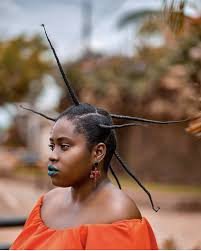
The mesh weaving hairstyle in the olden days was a dominant and formal technique used for creating an African hairstyle known as ‘Adonko.’
It was considered a symbol of beauty among women and young ladies during the time, and it continues to thrive, particularly in rural areas.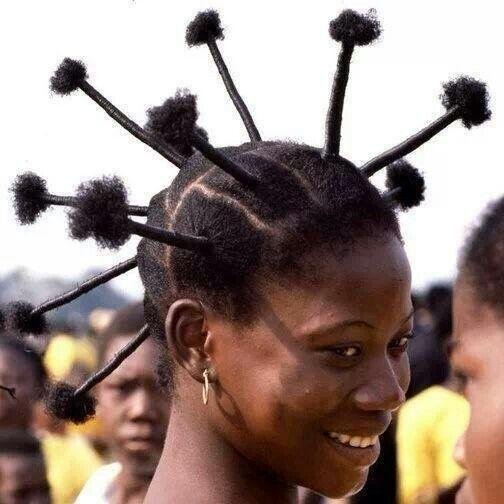
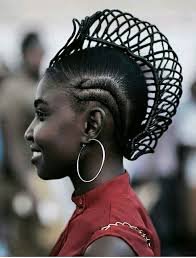
Adonko is a popular hairstyle in Ghana that involves braided cornrows with extensions for added length and volume.
Hairdressers who possess the necessary skills are typically the ones entrusted with this art.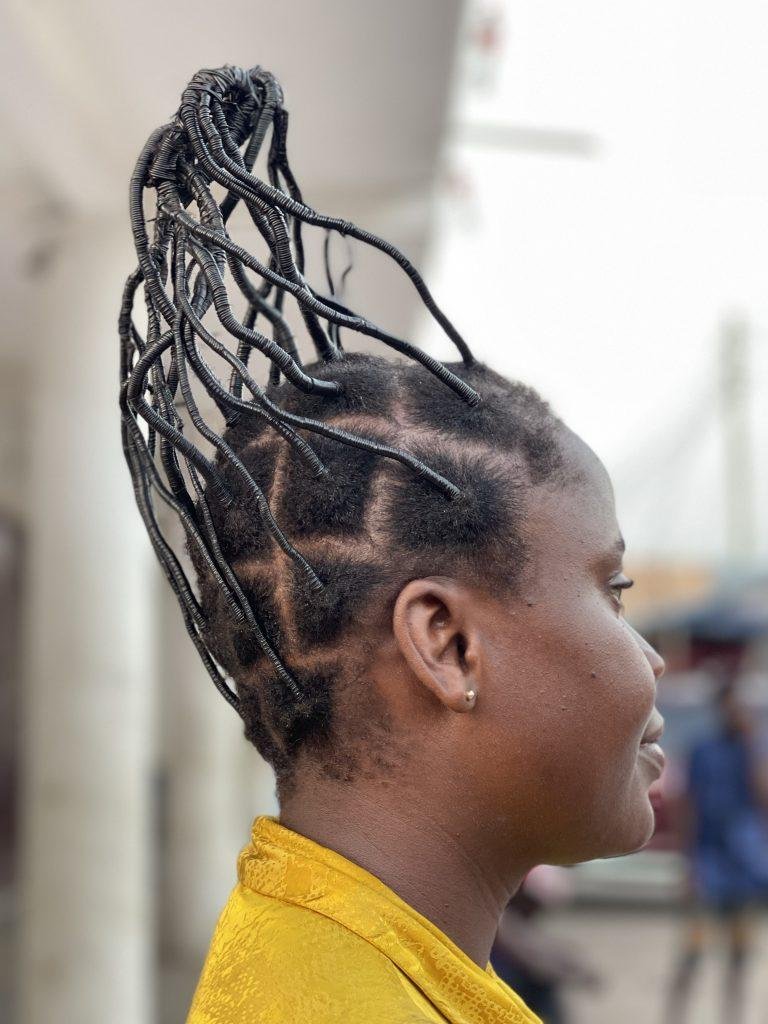
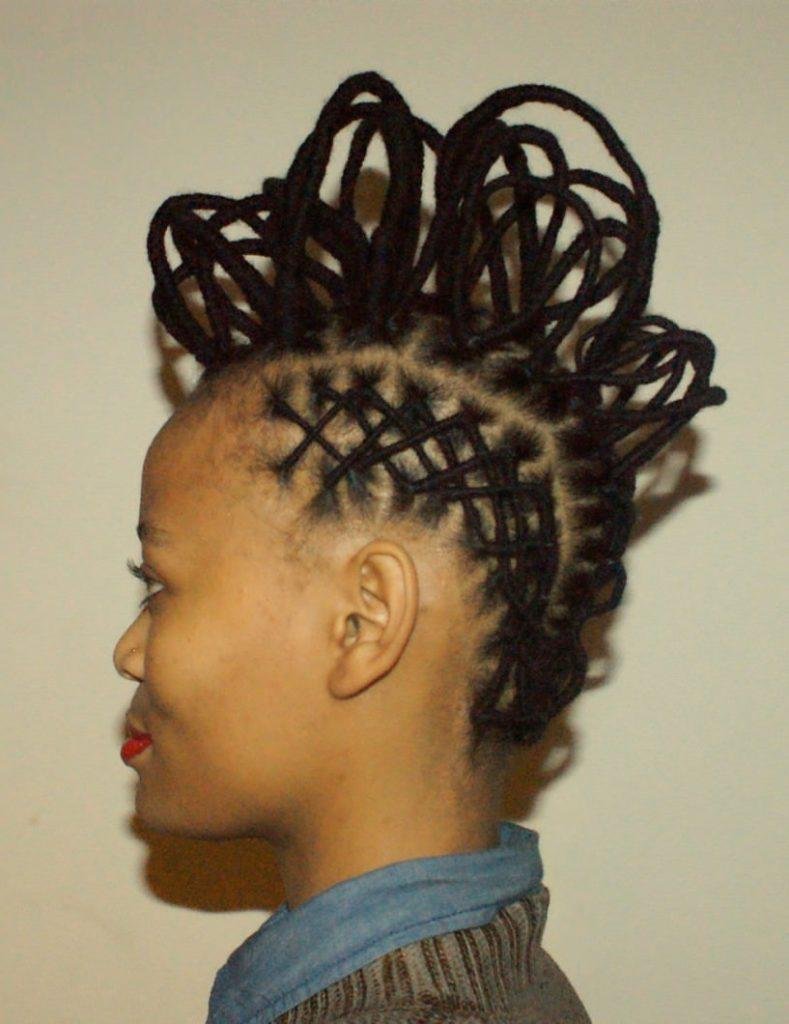
They meticulously divide the hair into various sections, using a comb and braid each portion from the roots and incorporate extensions to achieve the desired length and thickness.
It comes in various styles, depending on what a client desires.
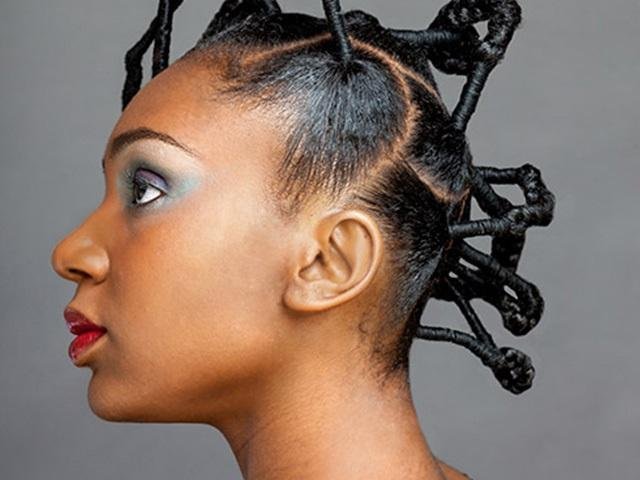
Adonko hairstyles ranges from Adonko Cornrows which are braided in patterns and designs, Adonko Feed-in Braids which are made from hair extensions for length and volume, Adonko Fulani Braids which are made from smaller cornrows, beads, and hair accessories inspired by the Adonko style and the last being Adonko Tribal Braids which are made from twists and patterns from the Adonko design.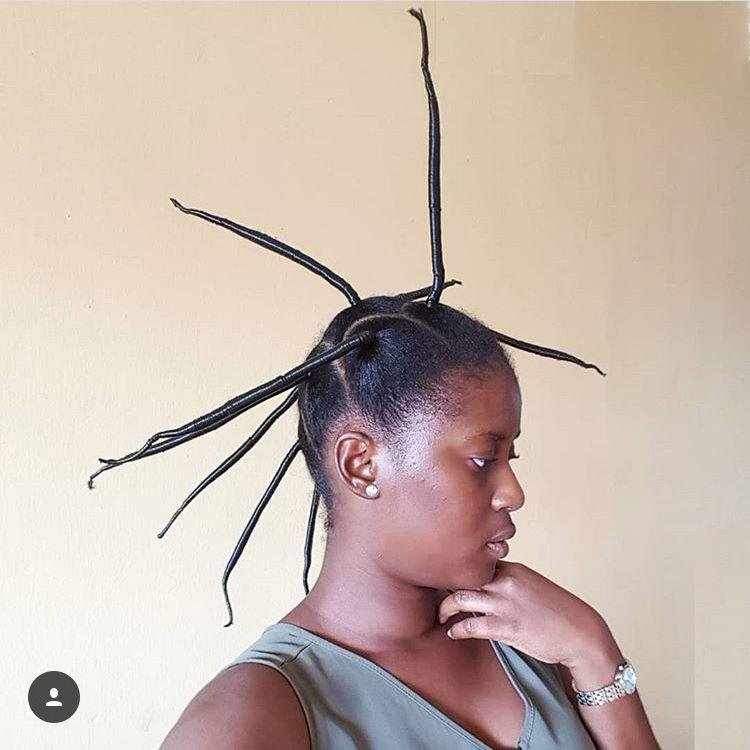
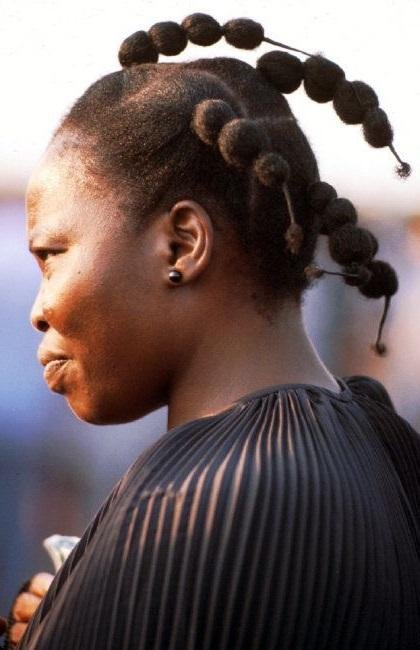
These hair artisans then skillfully style the braids into various patterns like buns or ponytails, securing them with hair ties or pins.
To enhance the hair’s beauty, they often adorn it with beads or other hair accessories to add a touch of elegance.
Sixty-seven years after Ghana’s independence, Adonko has stood the test of time, remaining a cherished hairstyle in Ghanaian culture.
By Georgina Boadiwaa Ntim
Fashion
Creativity and Craftsmanship Shine at Ghana Menswear Week 2025
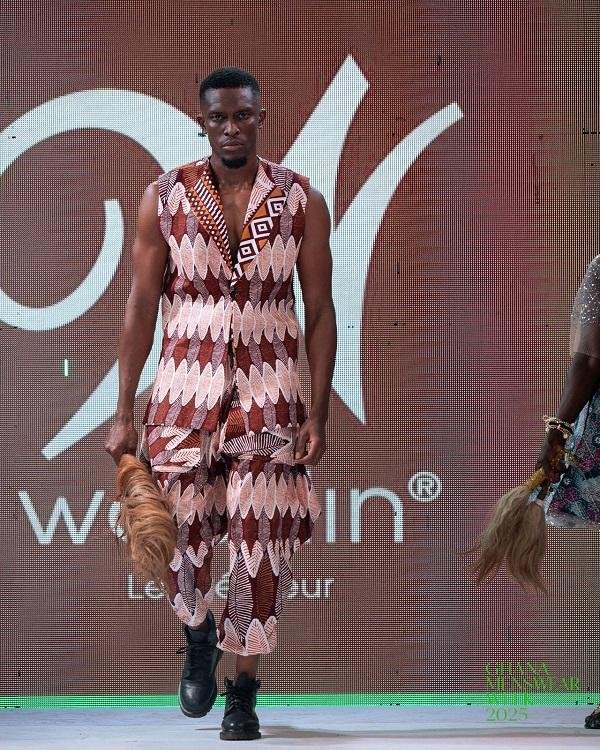
The World Trade Centre in Accra came alive from August 30–31 as Ghana Menswear Week 2025 showcased cutting-edge trends, creativity, and craftsmanship in men’s fashion. The annual event drew designers, fashion enthusiasts, and industry insiders from Ghana and beyond.
Now in its ninth year, the event—described by founder Nana Mensah as the “Men’s Fashion Olympics”—celebrates the innovation of African designers and the diversity of their creations.
This year featured a lineup of young designers including 97 Urban, The Ugly Youth, Larry Studios, Kwadwo Man, Dapper Jayden, Stylenique Siblings, and Ryker Collection/The Cap Culture, who captivated the audience with bold urban aesthetics and youthful energy.
A vibrant collaboration with Woodin Ghana added color and flair to the show. Designers Amonu Whyte and House of Micky used the brand’s iconic fabrics to craft a diverse range of stylish menswear pieces, blending tradition with modern creativity.
Ghana Menswear Week 2025 reinforced its reputation as a premier platform for celebrating African design, innovation, and craftsmanship, inspiring the next generation of menswear designers.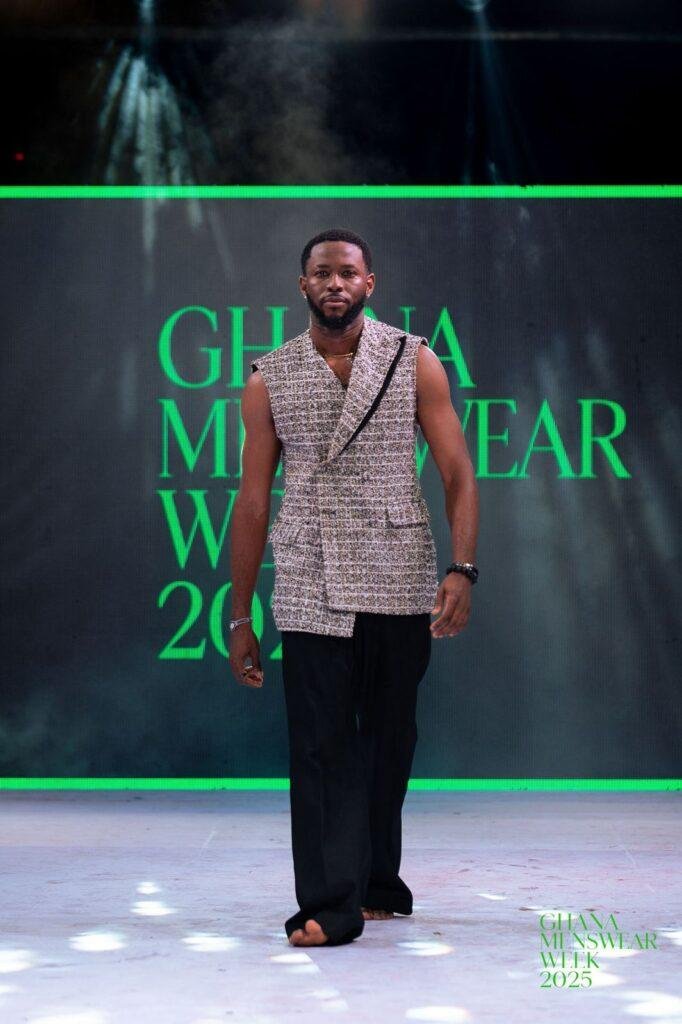
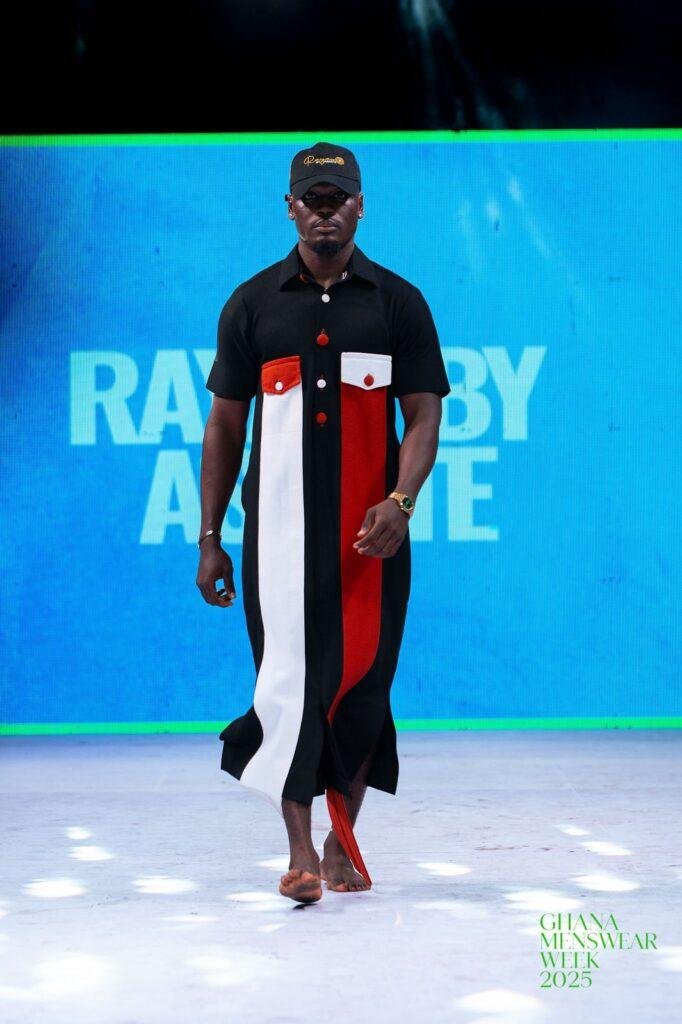
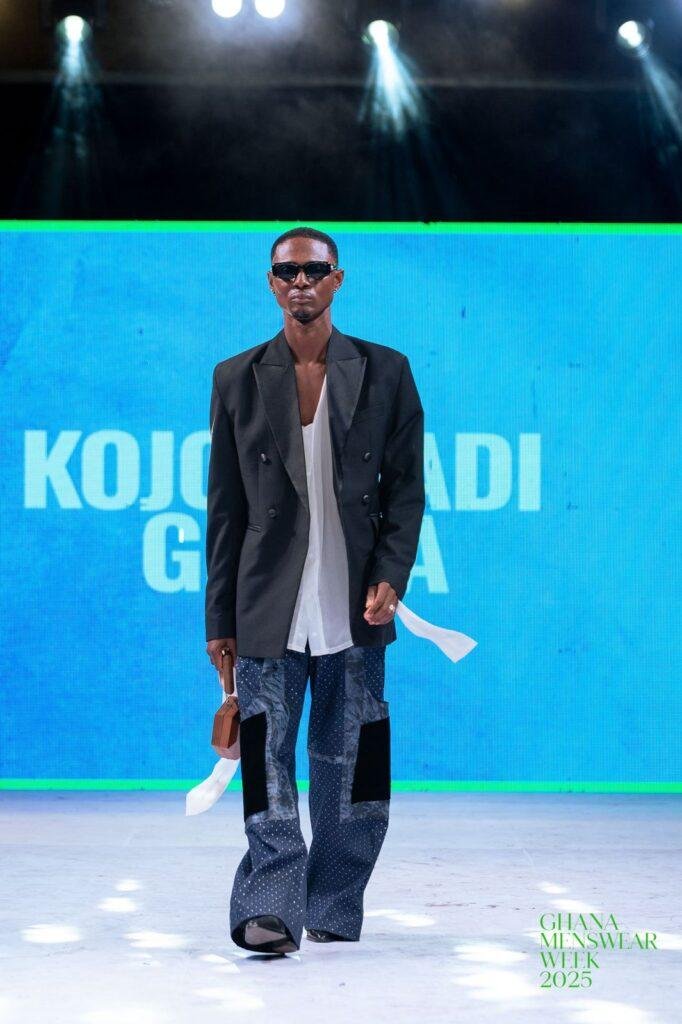
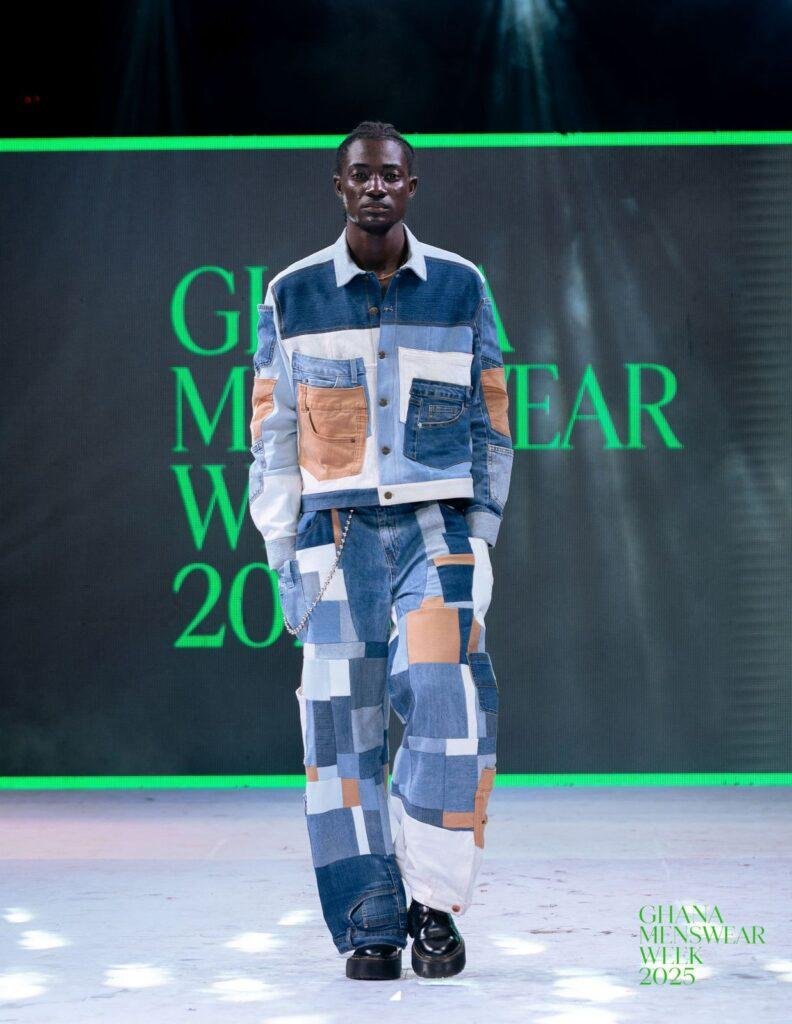
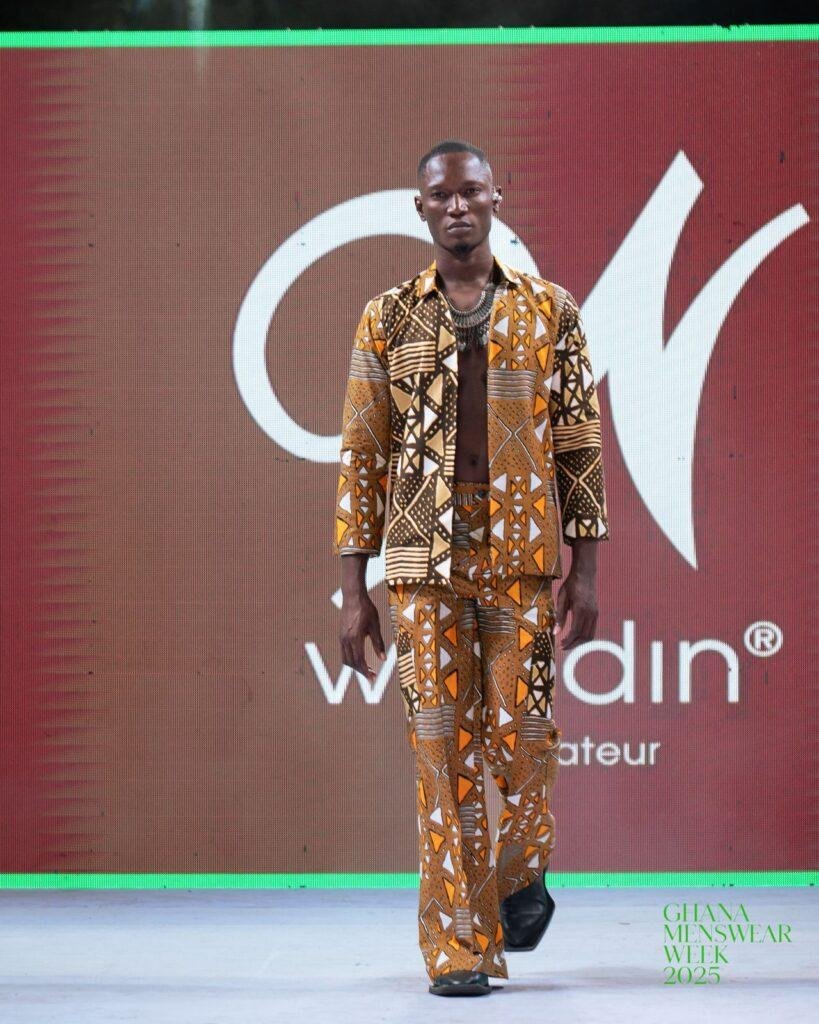

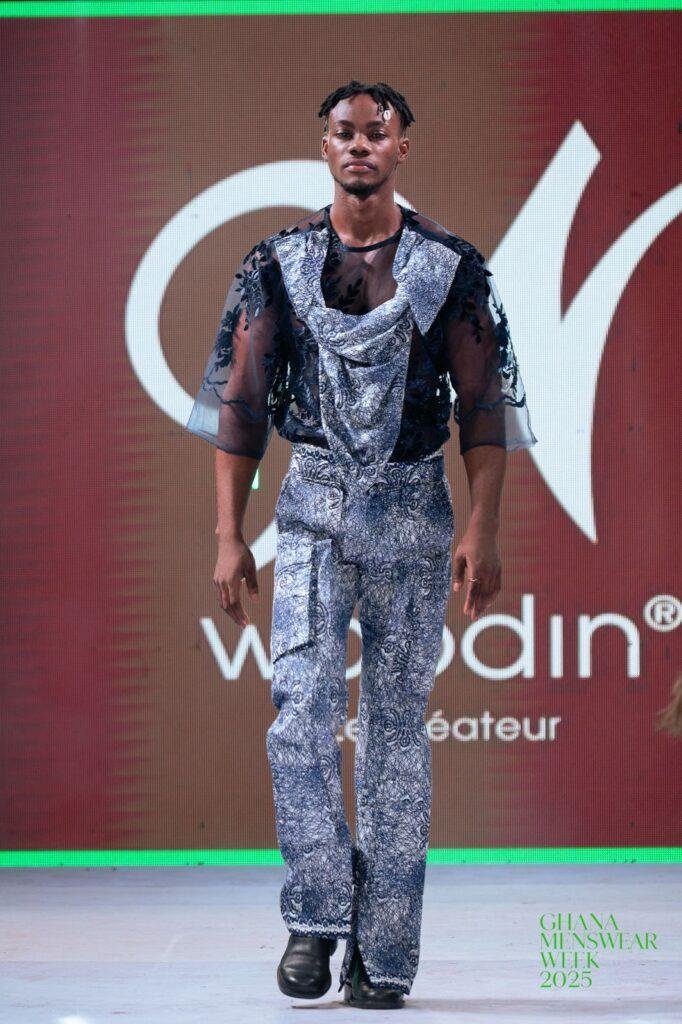
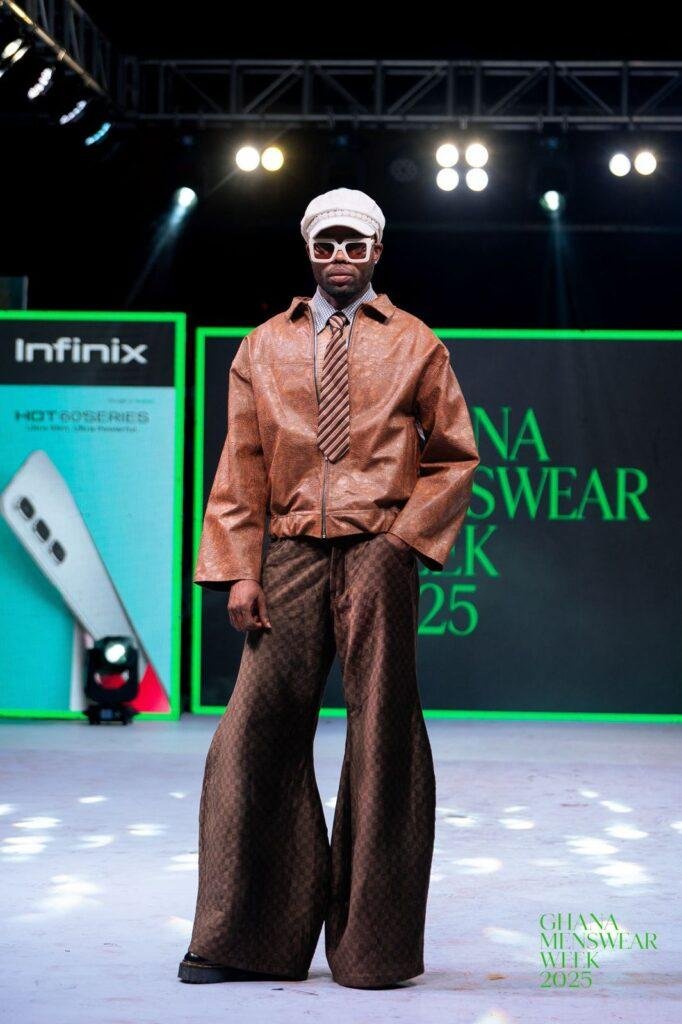
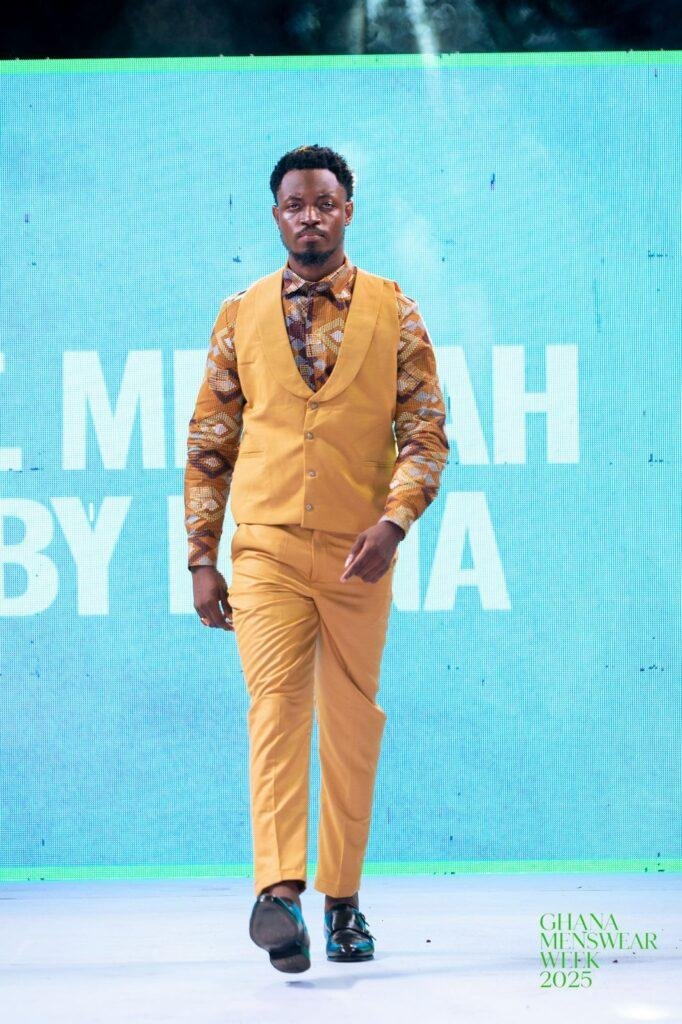
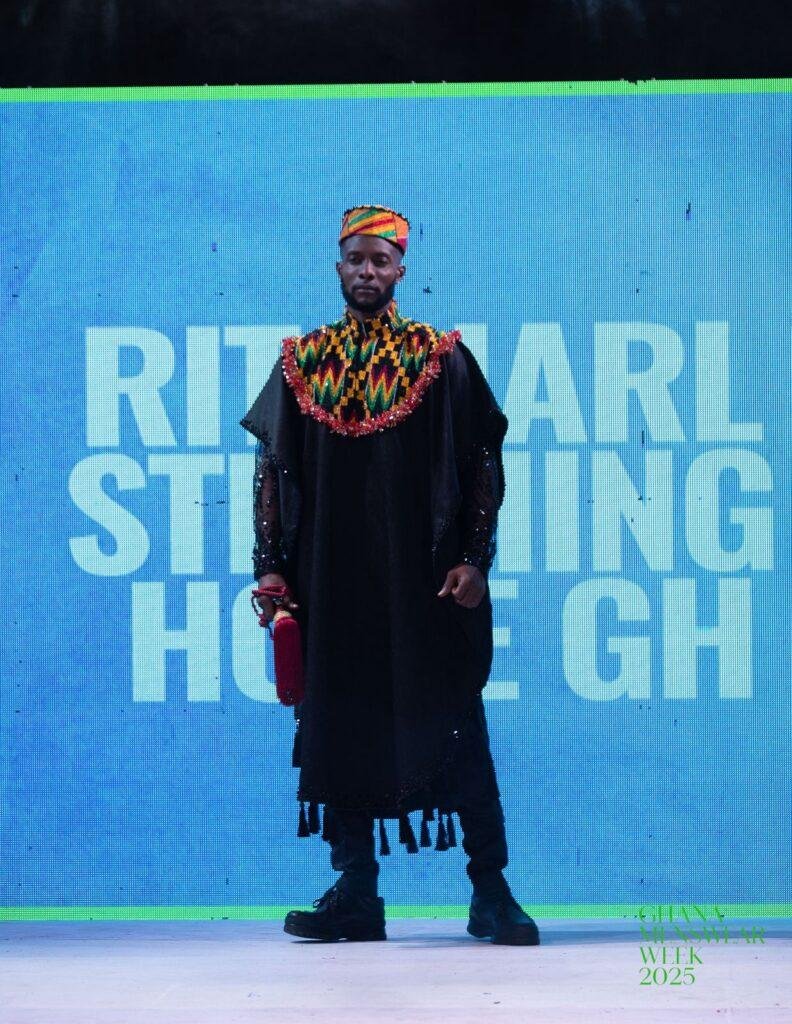
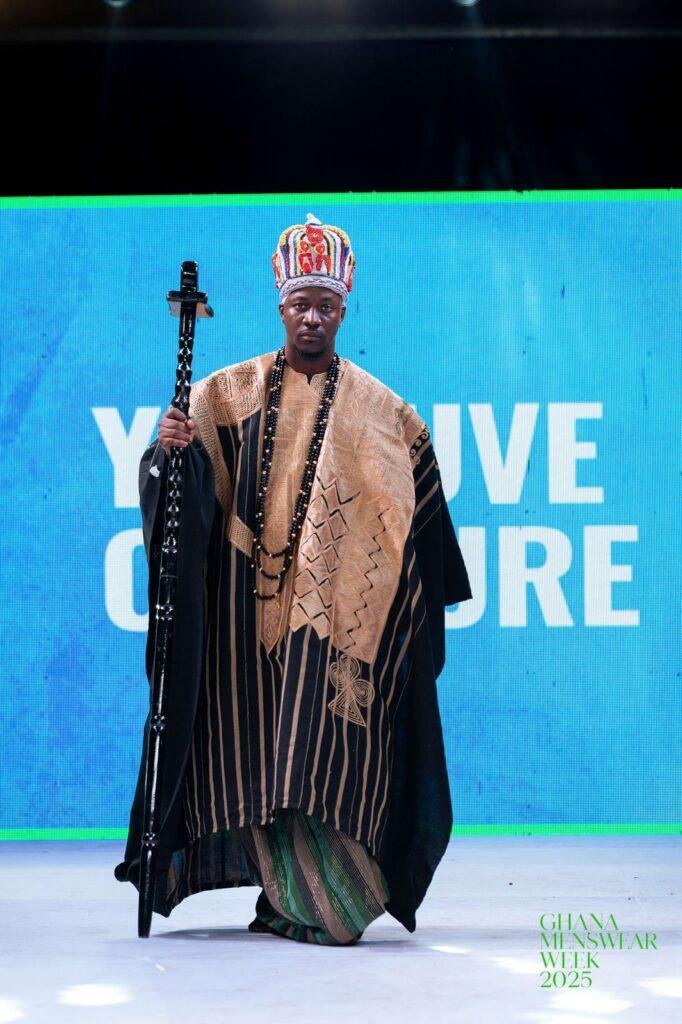
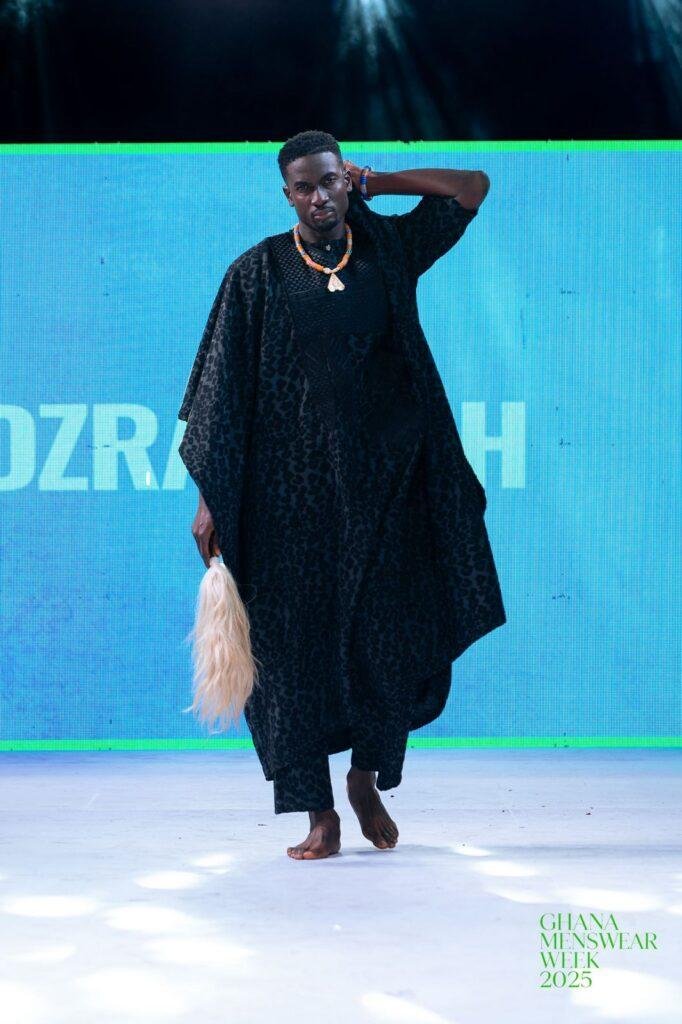
By Spectator Fashion Desk
Fashion
Cargo trousers: A timeless wear
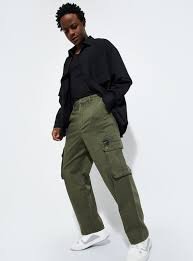
CARGO trousers, once for soldiers and outdoor workers, have become a symbol of both functionality and style in modern fashion.
The multiple deep pockets have made a comeback and a global street wear trend.
Today designers are reinventing cargo with slimmer cuts, lighter fabrics and vibrant colour to suit any outfit.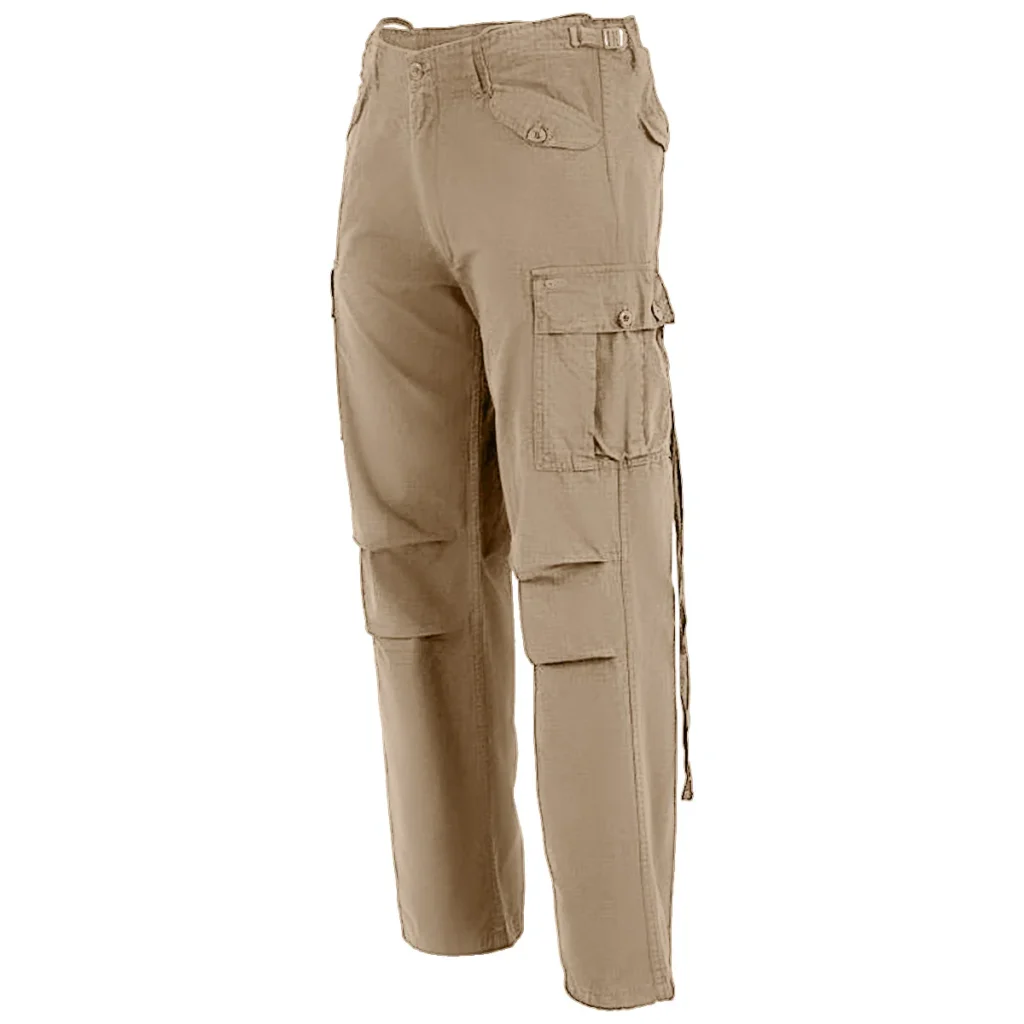
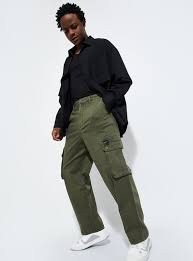
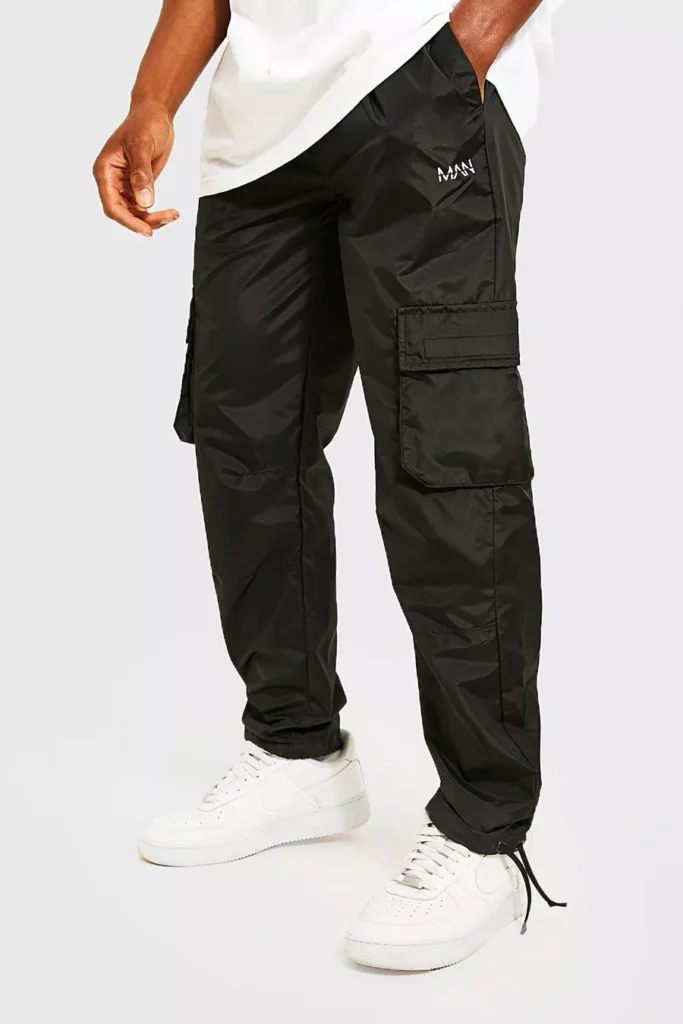



The comeback of cargo trousers have been embraced by celebrities, models and young people who value both comfort and versatility.
Cargo trousers are spotted in workplaces, campuses and social events paired with sneakers or heels depending on the occasion.
Check out some designs
By Linda Abrefi Wadie
Join our WhatsApp Channel now!
https://whatsapp.com/channel/0029VbBElzjInlqHhl1aTU27

 Profile6 days ago
Profile6 days agoAlbert Litela Obidiaba: The artist who wove Ghana’s soul into the King’s Baton

 News6 days ago
News6 days agoDaddy Lumba’s wife, children run to court to injunct December 6 funeral arrangements

 News1 week ago
News1 week agoPresident Mahama to meet Auditor-General, Chief Justice and Attorney-General over misuse of public funds






